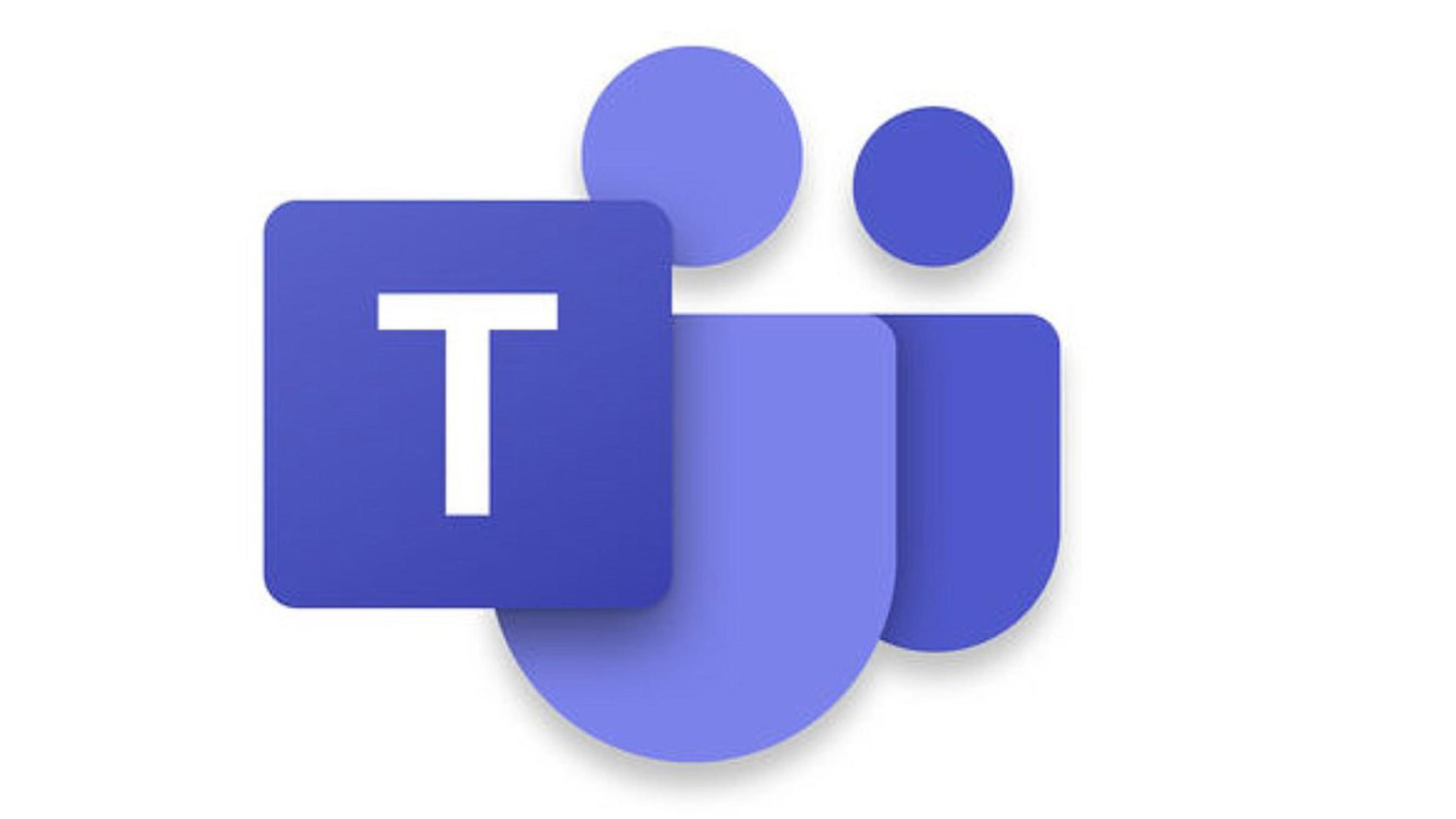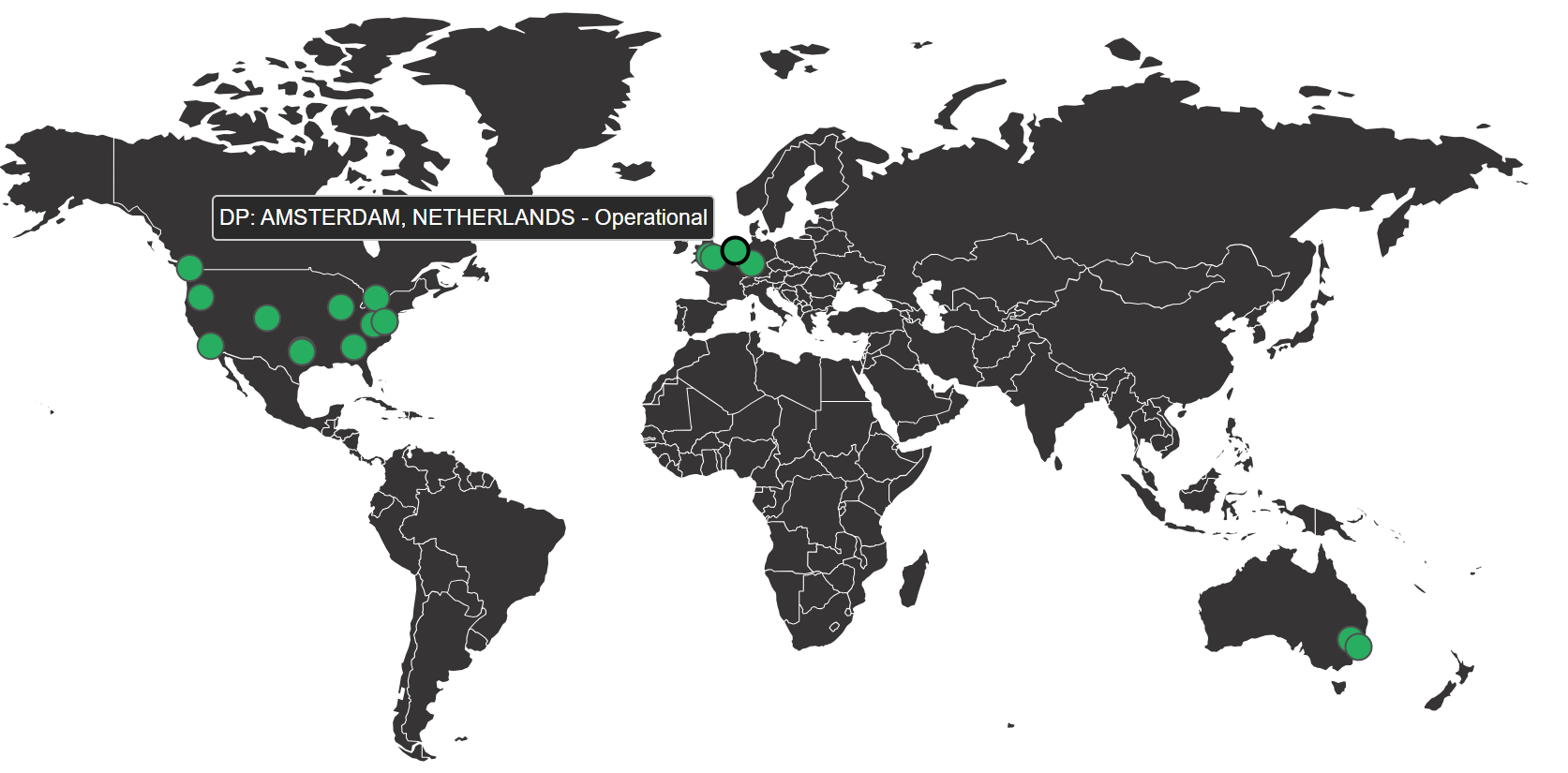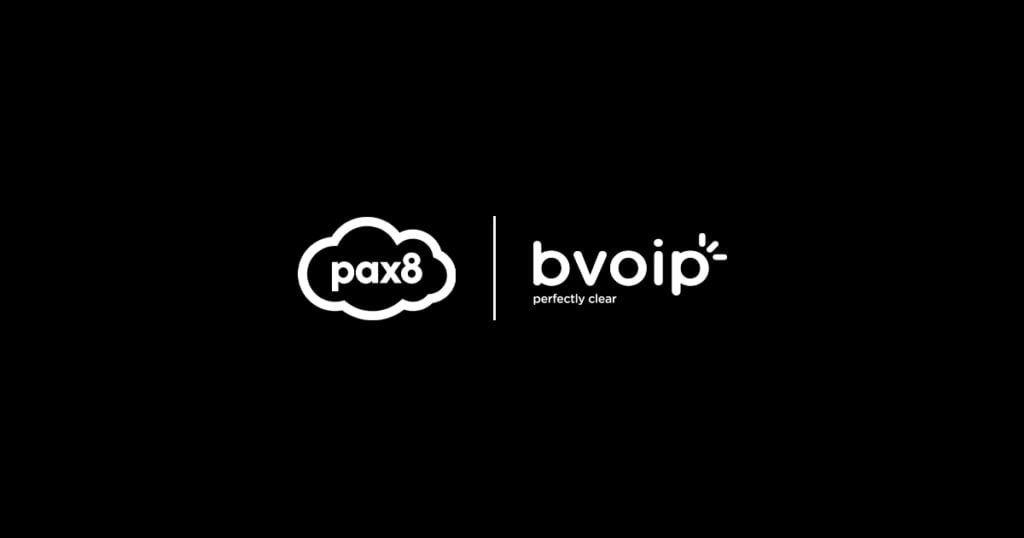|
In the last few years the telecom industry as related to fax has drastically changed, with the introduction of multi-platform  virtualization, multi-function devices, VoIP telecommunications, or cloud communications if you want to use the term, a revolution has begun. virtualization, multi-function devices, VoIP telecommunications, or cloud communications if you want to use the term, a revolution has begun.
Questions arise; should I keep my standard pots phone line or switch to VoIP and if I Switch to VoIP will my fax machine still work or should I look a virtual desktop faxing. All of this can become quite overwhelming for an end-user especially when you throw into the mix mobile communications, WiFi, smart phones and satellite,or terms like SOX and HIPAA compliance.
It’s a slippery slope for most companies when it comes down to making the decision on what technology is best when investing in the various means of communications.
The focus of the telecommunications revolution is to improve overall corporate efficiency, lower costs, and the convenience of having a one platform fits all within a corporate technical environment.
So for the purpose of this article we are going to specifically focus in on corporate fax over IP the challenges faced by VoIP providers, ISP’s and WiFi providers and a solution to the challenges.
The Challenges;
1. Burst packet loss issues on the open Internet that can affect SIP T.38 submitted faxes.
2. T.38 is not secure and security is needed for a lot of business and applications such as HIPAA and SOX
3. T.38 installation issues that may be needed on the businesses firewall to allow SIP T.38 to pass
4. Not Reliable when using satellite and cellular data connections for faxing including internal WiFi links.
5. Control of fax protocols is dispersed and unmanaged.
The Solution;
1. Use HTTP to avoid burst packet loss issues on the open Internet that can affect SIP T.38 submitted faxes
2. Add a layer of security with HTTPS needed for a lot of business and applications such as HIPPA and SOX
3. Minimize any installations issues that might be needed on the businesses firewall to allow SIP T.38 to pass
4. Reliably use satellite and cellular data connections for faxing including internal WiFi links in businesses
5. Move control of fax protocols from dispersed and unmanaged ATA’s to a central provider that is focused on fax
HOW IT WORKS
As most reseller's and businesses know, connecting a fax machine to a VoIP network or service provider requires an ATA, or Analog Telephone Adapter. This is a small network device that they plug their fax machine into and then connect it to their local LAN or network. The adapter’s job is to convert the analog fax signaling to SIP T.38 allowing the fax machine to communicate to the VoIP Provider exactly like the SIP Phone on the user’s desk.
Using an ATA that doesn’t use SIP T.38 but rather HTTPS is key. The HTTPS protocol is able to connect to the cloud faxserver network and allow fully real-time communication between the Fax Machine and cloud network. Preserving this real-time communication is very important in making sure that when the fax machine gets a completion status, the fax image has been fully transmitted to cloud network for delivery.

|
 UCAAS - BUSINESS COMMUNICATIONS Modern Cloud-Unified Communications
UCAAS - BUSINESS COMMUNICATIONS Modern Cloud-Unified Communications  CCAAS - CONTACT CENTER Advanced Contact Center Solution
CCAAS - CONTACT CENTER Advanced Contact Center Solution  MESSAGING SMS | MMS | CHAT
MESSAGING SMS | MMS | CHAT  IQ - INTEGRATION PLATFORM Apps & Integrations - Unmatched SaaS Integrations
IQ - INTEGRATION PLATFORM Apps & Integrations - Unmatched SaaS Integrations  NUCLEUS - MS TEAMS VOICE A Hybrid Integrated Solution for Microsoft Teams Phone System
NUCLEUS - MS TEAMS VOICE A Hybrid Integrated Solution for Microsoft Teams Phone System  SIGNAL- ON-CALL & ALERTING On-Call Management, Critical Alerting, Escalations
SIGNAL- ON-CALL & ALERTING On-Call Management, Critical Alerting, Escalations  AI & BI Make Your Business Communications Data Intelligent
AI & BI Make Your Business Communications Data Intelligent  ID - USER VERIFICATION Integrated User Identification & Verification
ID - USER VERIFICATION Integrated User Identification & Verification  PROGRESSIVE DIALER Intelligent Progressive Dialer with CRM Integration and Voicemail Drop
PROGRESSIVE DIALER Intelligent Progressive Dialer with CRM Integration and Voicemail Drop  MSP RESALE PROGRAM A Partner Program Designed Exclusivley for IT & MSP's
MSP RESALE PROGRAM A Partner Program Designed Exclusivley for IT & MSP's 














 virtualization, multi-function devices, VoIP telecommunications, or cloud communications if you want to use the term, a revolution has begun.
virtualization, multi-function devices, VoIP telecommunications, or cloud communications if you want to use the term, a revolution has begun.


